
Boldly redefining gender roles by achieving brilliance in their respective fields, these 20 women changed the face of the 1960s. Their influence spanned from politics and activism to music and cinema. They have left a lasting mark on this transformative decade, and we don’t talk about it enough.
Rosa Parks
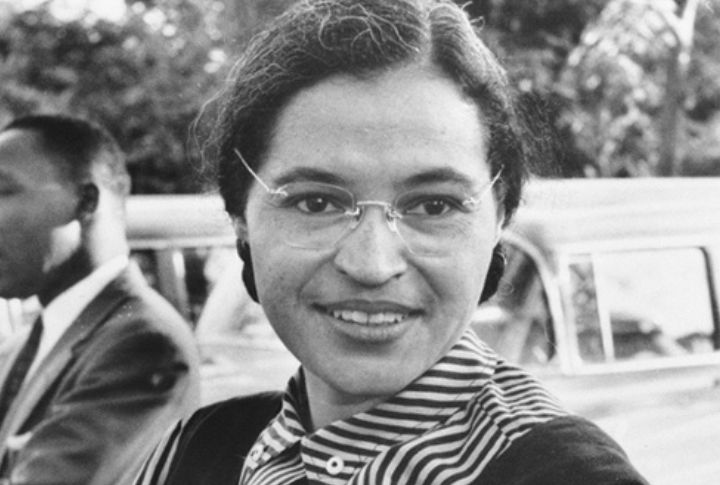
In 1960, Rosa Parks’ quiet resistance continued to echo through the Civil Rights Movement. Her earlier defiance sparked national change, but throughout the ’60s, she remained active, mentoring young leaders. She had a steady timeline and an unshakable resolve.
Rachel Carson
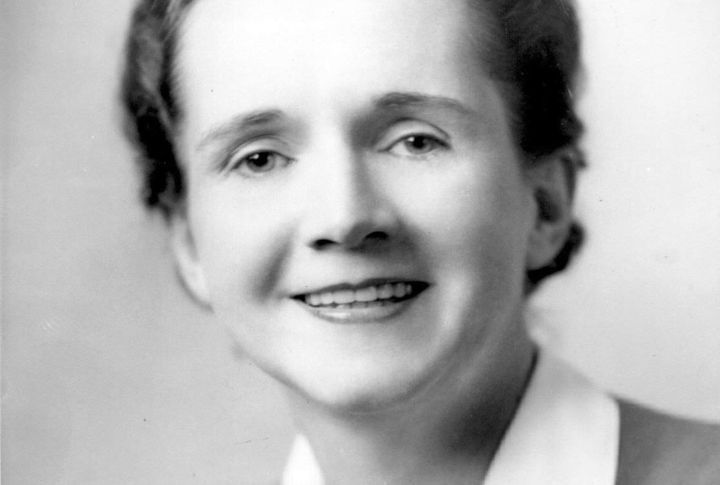
Rachel Carson published the book “Silent Spring” in 1962 and ignited the environmental movement. Her meticulous science and poetic prose led directly to public awareness and policy changes. The book’s ripple effect altered environmental consciousness forever.
Betty Friedan
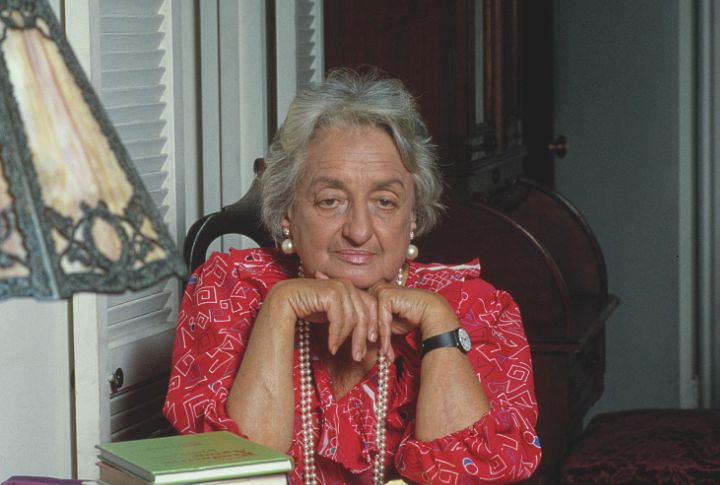
Women felt trapped in domestic roles in the early 1960s. Friedan’s “The Feminine Mystique” voiced their discontent and sparked a second wave of feminism. Her writing offered not just critique but a pathway forward.
Aretha Franklin
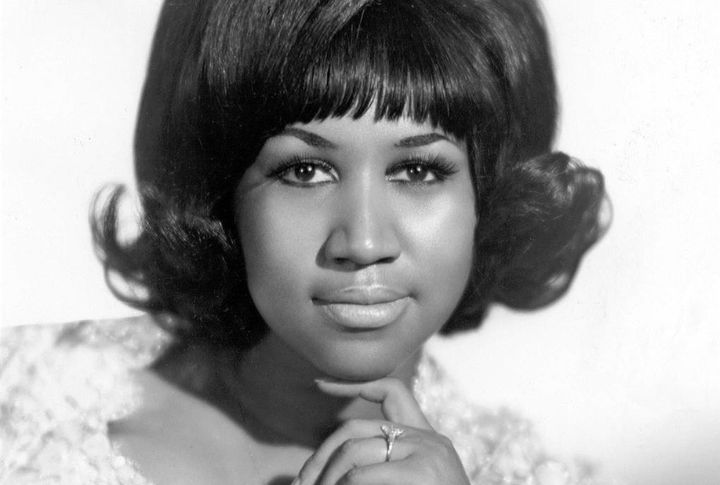
Unlike polished pop stars of the era, Aretha Franklin brought raw gospel power and unapologetic emotion. She had a voice that transcended soul music and became a civil rights symbol. Few artists bridged activism and artistry so seamlessly.
Coretta Scott King
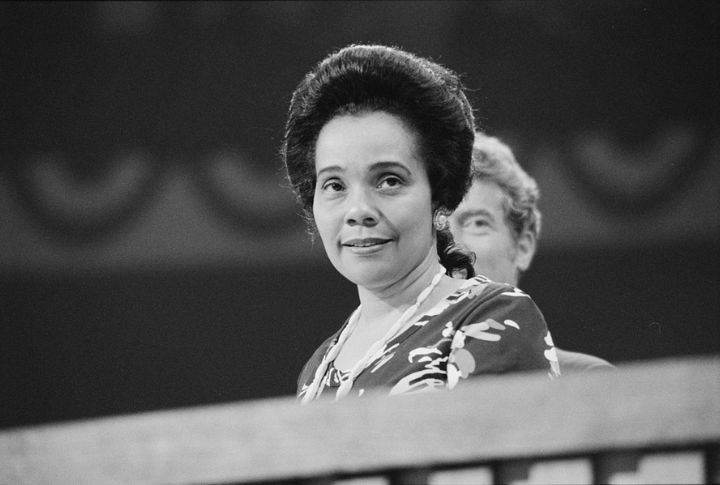
A powerful figure in civil rights, Coretta Scott King, advocated for justice far beyond the role of Martin Luther King Jr.’s wife. From speeches to marches, she led with poise, especially after his assassination.
Twiggy
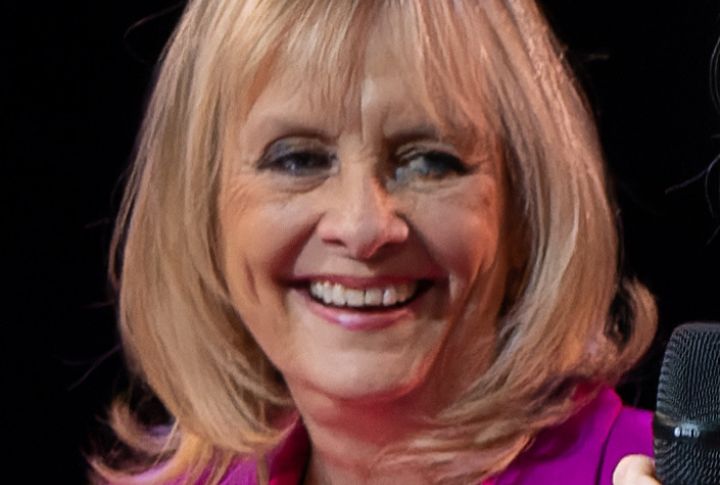
With wide eyes and a pixie cut, Twiggy took 1966 London by storm. She defied previous beauty norms with her looks. Ultimately, she redefined fashion and youth culture and showed the world what it means to be iconic.
Angela Davis

A revolutionary in every sense, Angela Davis was more than a Black Panther. As a scholar and activist, she embodied resistance and intellectual rigor. Davis defined radicalism in ways both academic and street-level.
Jackie Kennedy
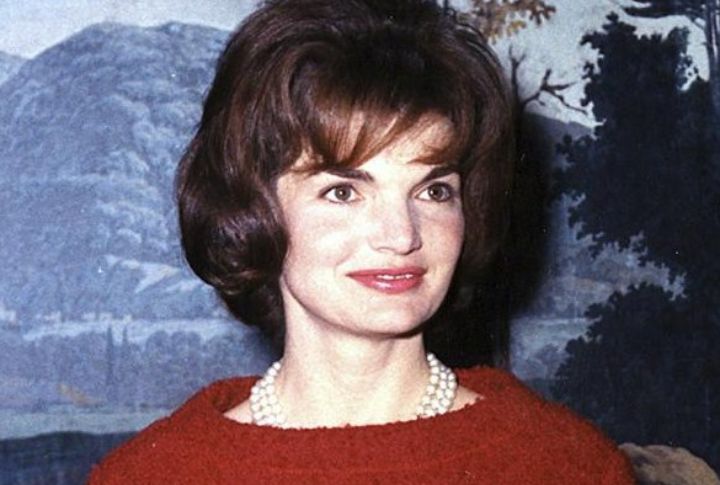
As the First Lady of the United States, Jackie Kennedy drew an entire nation’s attention through elegance and poise during a time of tragedy. The 1960s White House style became a cultural shorthand for grace under pressure.
Nina Simone
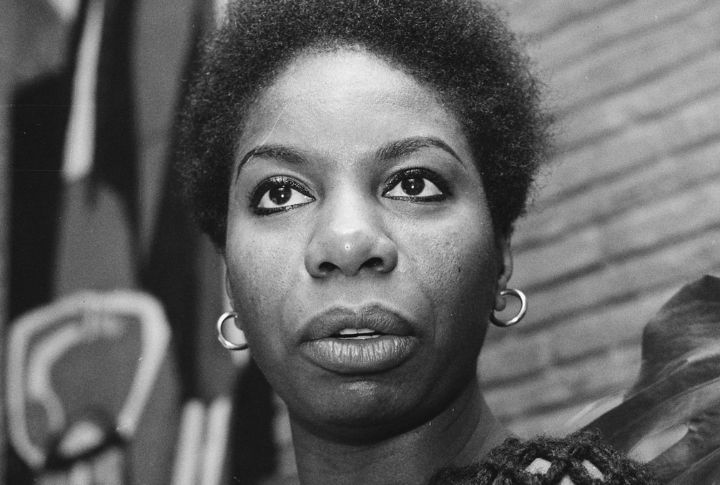
Singer. Pianist. Activist. Nina Simone did not fit into one category, she defied them all. She created a genre and voice all of her own by combining her classical music training with civil rights anthems.
Janis Joplin
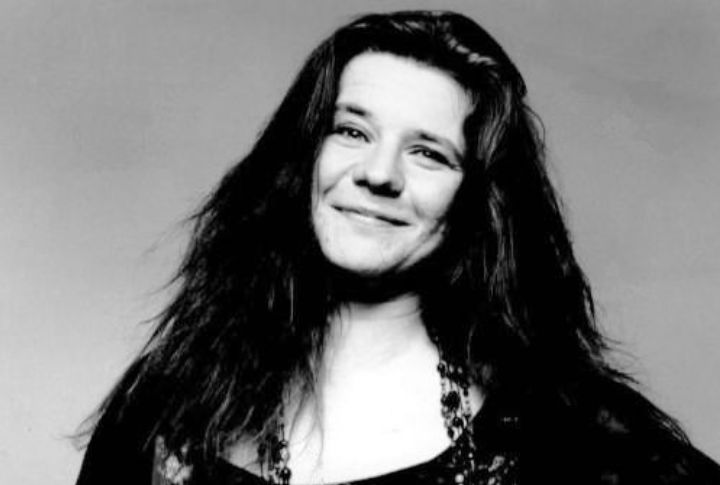
Janis Joplin had wild hair and a voice full of gravel and fire. Her raw vulnerability exploded outward and oozed emotion from every corner of the stage. She had a stage presence that hit like a storm to the audience.
Barbra Streisand

Barbra Streisand received a Tony nomination for her Broadway performance in “I Can Get It For You Wholesale” at the age of 19. Plus, an Oscar win for her role in “Funny Girl” announced her Hollywood arrival. One of few artists to win Emmy, Grammy, Oscar, and Tony.
Gloria Steinem
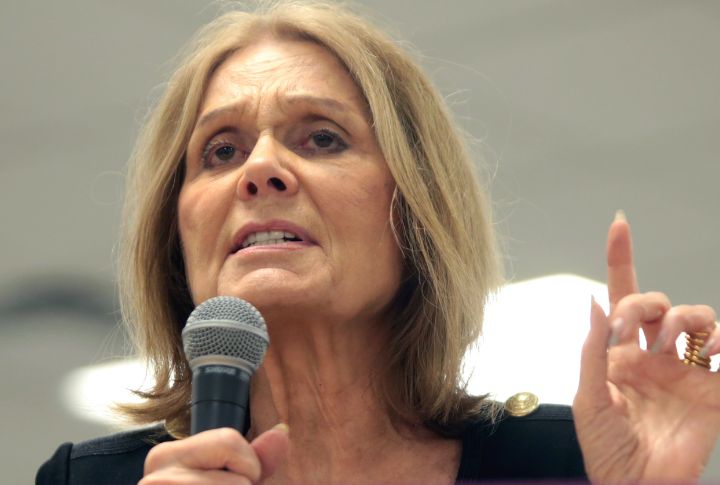
Not content with smiling and conforming, Gloria Steinem infiltrated a leading lifestyle and entertainment magazine to expose inequality. She flipped the narrative that beauty and brains weren’t mutually exclusive. Steinem’s outlook on feminism was sharp, stylish, and unrelenting.
Mary Quant

Mary Quant was an iconic fashion designer who brought us the miniskirt and mod fashion which reflected a youthful rebellion. Her inventions made headlines. The playful designs captured a generation’s spirit and changed how women dressed and felt.
Joan Baez
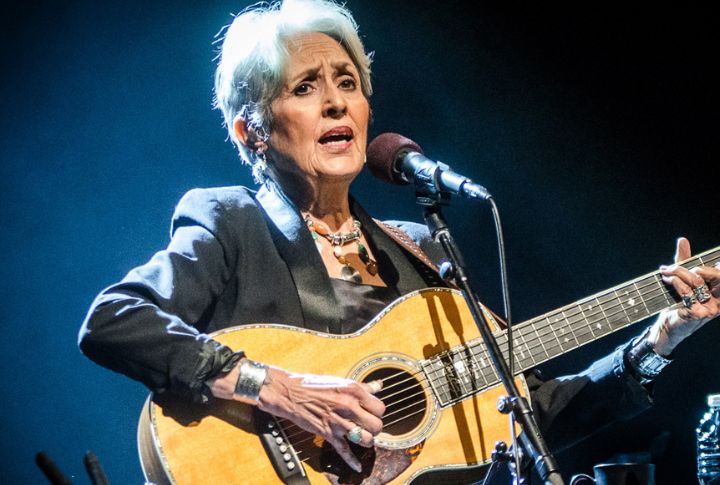
If Bob Dylan was the voice of a movement, Joan Baez was its soul. Like a lighthouse, she had a voice that could cut through the fog of war and injustice and usher its listeners toward conscience and courage.
Jane Goodall
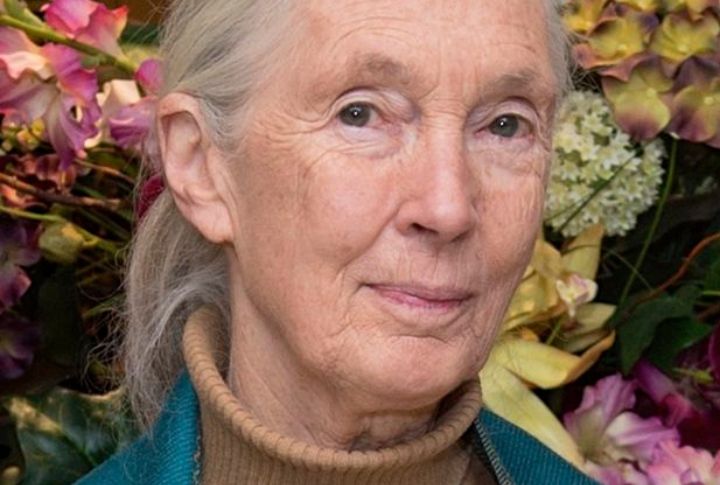
A leading zoologist and primatologist, Jane Goodall’s work with chimpanzees revolutionized how we see animal interactions and ourselves. Her quiet persistence in the wild led to groundbreaking discoveries about human empathy and evolution.
Billie Jean King
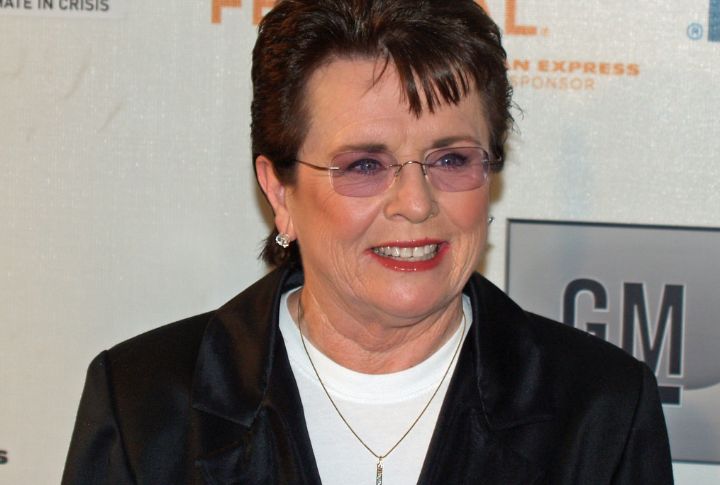
Equality in tennis seemed out of reach until Billie Jean King stepped onto the court. By the end of the ’60s, she’d proven herself more than a champion. She showed the world that equality in sports wasn’t so distant after all.
Katharine Graham

By 1969, only 5% of major U.S. newspapers were led by women. Katharine Graham broke that barrier at The Washington Post. Her leadership paved the way for truth-telling journalism and more women rising up in this field.
Indira Gandhi
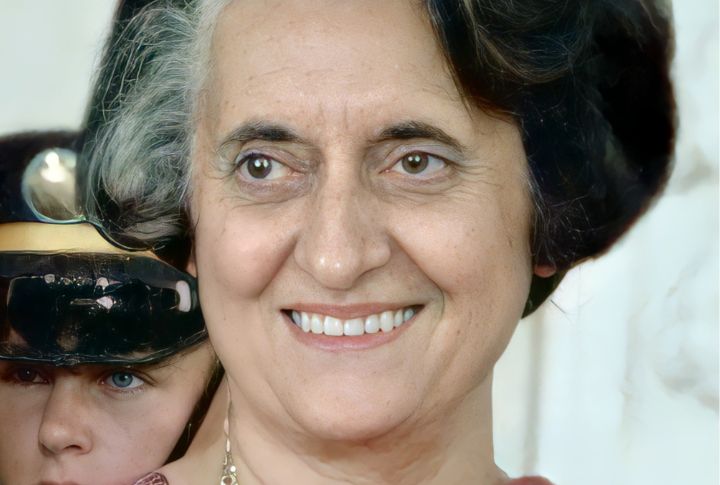
Indira Gandhi rose through the political ranks of India in the 1960s, a country shaped by colonial history and independence. By the decade’s end, she became the Prime Minister and signaled a seismic shift in global female leadership.
Yoko Ono

Yoko Ono wasn’t just John Lennon’s wife. She was the multimedia artist and singer/songwriter who lit an avant-garde fire in pop culture. A conceptual artist with sharp edges, she challenged convention like a storm breaking through silence.
Shirley Chisholm

In a decade of racial tension and gender politics, Shirley Chisholm broke both barriers. Elected to Congress in 1968, she became a beacon of possibility in politics’ harsh terrain as the first black woman elected to the United States Congress.

Comments
Loading…